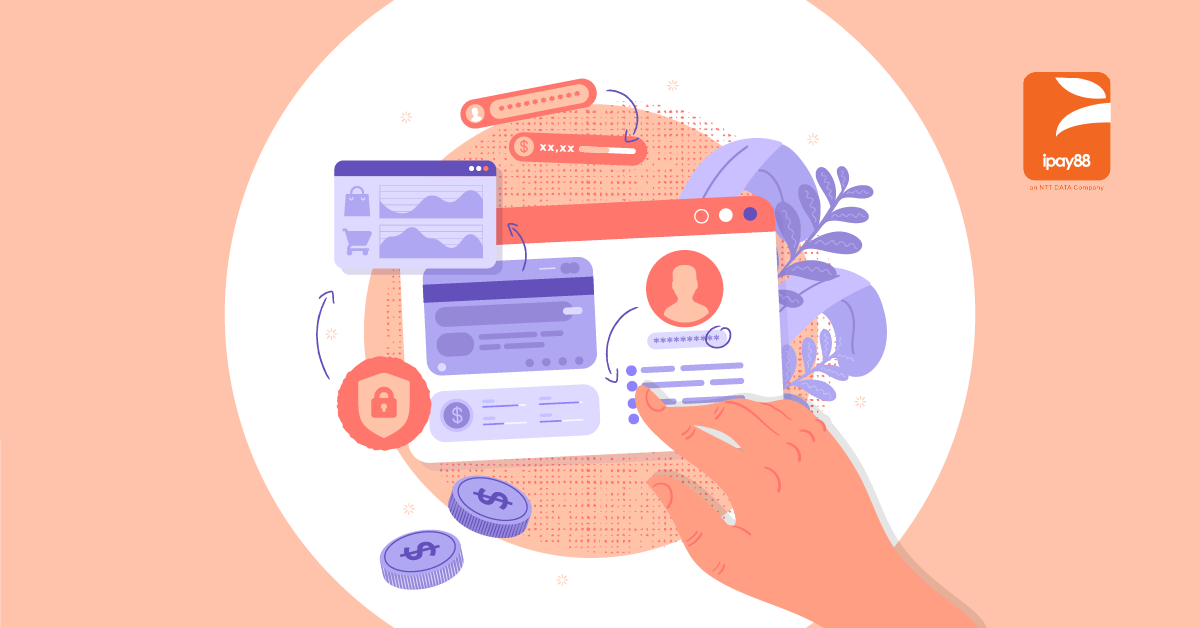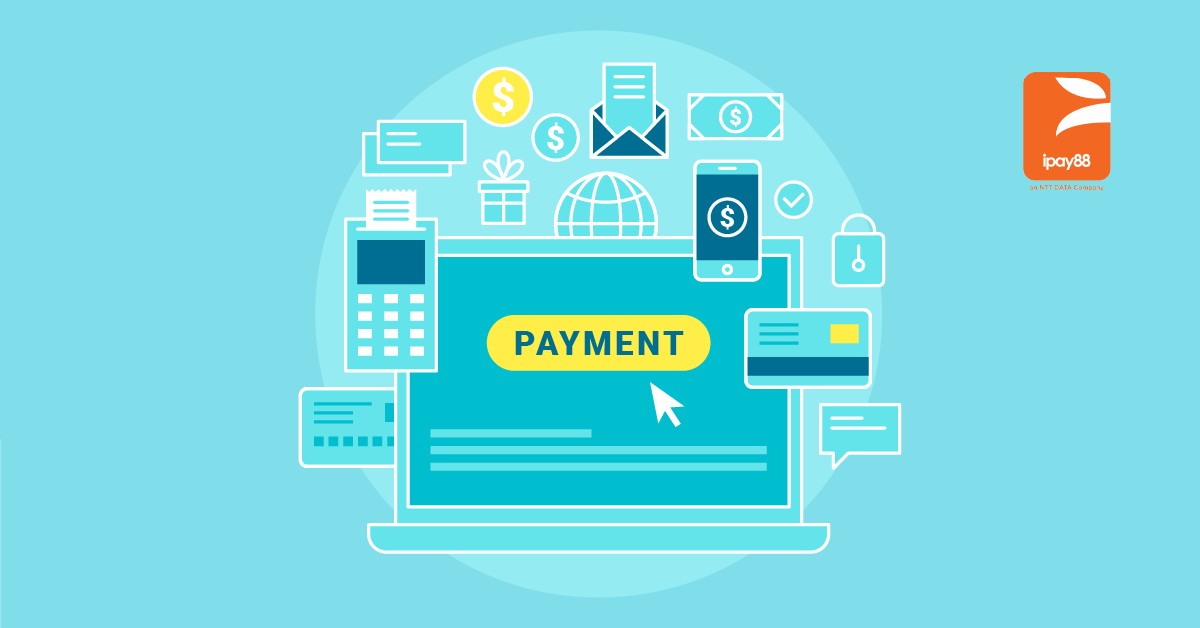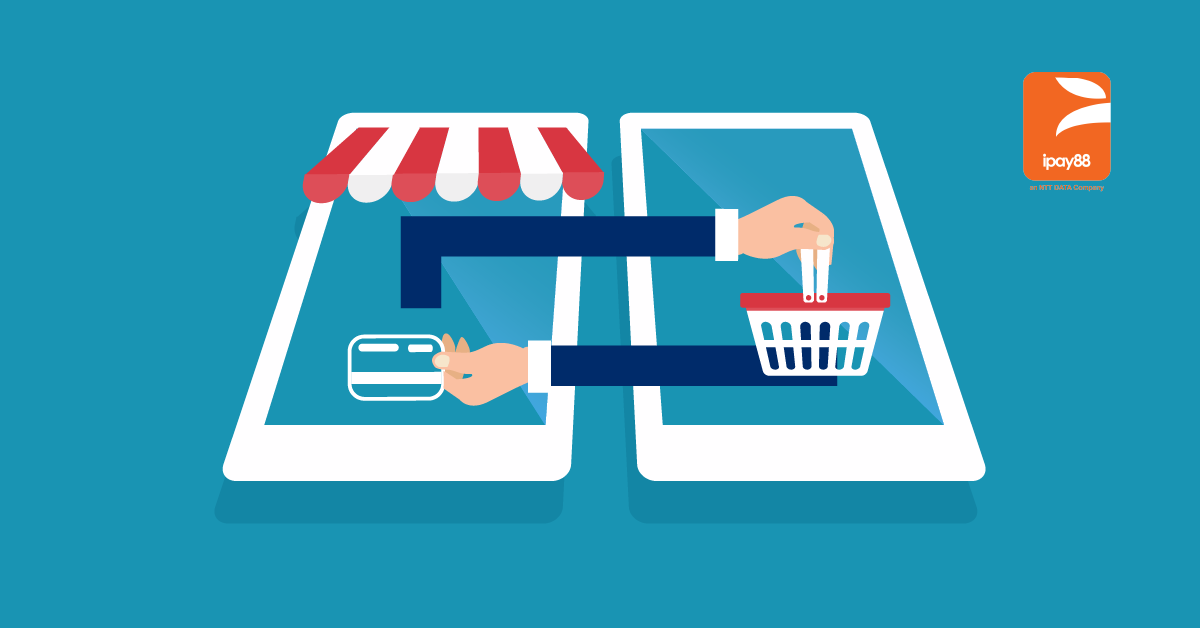In today’s digital age, small businesses have multiple opportunities to accept payments from their customers. Gone are the days when cash transactions dominated, as today’s customers increasingly prefer convenient and secure payment methods. From credit cards to mobile wallets and online transfers, the landscape of payment options has expanded significantly, presenting both opportunities and complexities for small businesses.
Accepting payments efficiently and seamlessly offers lots of benefits to the business itself, that are crucial for the success and growth of any small business. It not only ensures customer satisfaction but also enables businesses to streamline their operations, track transactions, and manage cash flow effectively.
However, navigating the vast array of payment options and understanding the associated processes can be overwhelming for small business owners who may lack extensive resources or technical expertise.
A guide to accept payment from customers
In this guide, we will explore various payment methods available to small businesses and discuss the steps involved in accepting payments from customers. Whether you operate a retail store, provide professional services, or run an online shop, understanding the options and implementing the right payment solutions can make a significant difference in your business’s success.
From traditional methods like cash and checks to modern digital solutions such as credit card processing, online payment gateways, and mobile apps, we will delve into the advantages of these payment options.
By the end of this guide, you will have a comprehensive understanding of the payment landscape and be equipped with the knowledge to make informed decisions regarding the payment methods you choose for your small business. So, let’s dive in and discover how you can efficiently accept payments from your valued customers, ensuring a seamless and convenient experience for both parties.
Let’s explore how small businesses can accept payments and which payment solutions are perfect for them.
Payment processing explained
Payment processing plays a vital role in the functioning of every business by enabling prompt and secure receipt of payments from customers. Not only does it mitigate the risk of fraudulent transactions, but it also offers the opportunity to streamline operations.
By automating the payment process, businesses can significantly reduce the manual effort required for payment processing, thereby enhancing efficiency.
What is payment processing?
Payment processing is the process of accepting and processing payments from customers. It involves authorizing payments, verifying the customer’s identity, capturing the funds, and transferring the funds to the merchant’s bank account.
Payment processing involves multiple parties, including the customer, the business, payment service providers, and financial institutions. The process typically begins when a customer initiates payment for a product or service, either in-person or online.
Payment processing can be done online or in person. It is important to ensure that the payment processor is secure and reliable. Additionally, merchants should always check with their payment processors to make sure that their customers’ data is protected.
Payment processing options for small business
Traditionally, small businesses relied on cash and cheque payments to transact with their customers. However, with the advancement of technology; businesses and customers began embracing and enjoying the benefits of cashless payments via card terminal machines, which paved the way for the growing cashless adoption in Malaysia.
The evolution of technology doesn’t stop there. With the internet’s progress, additional payment methods have emerged specifically designed to cater to e-commerce businesses and customers. These options include link payments, email payments, invoice payments, recurring payments, and more, aiming to provide a wider array of payment choices and an improved payment experience.
In the modern world, the scope of cashless payments has expanded significantly, providing retail businesses with a range of options beyond traditional card payments. Upgraded payment terminals now allow businesses to accept various forms of payments, such as e-wallets, and Buy Now Pay Later services offer enhanced flexibility for both businesses and customers.
Small businesses can access these diverse payment methods by establishing a merchant account with iPay88.
How can small businesses accept payments?
So, how do small businesses accept payments? Regardless of whether the business operates in the retail or e-commerce space, small businesses have a multitude of options when it comes to accepting payments. Below, we will explore the suggested payment methods available for small businesses.
How retail businesses can accept payments:
1. App or mobile payment
Businesses can use a mobile phone to accept customers’ payments via iPay88 mobile app by scanning the customers’ QR codes to complete the transaction. This payment method allows us to accept payments from customers using Malaysia’s most popular e-wallets, such as Boost, GrabPay, Touch ‘n Go e-wallet, MAE, Shopee Pay, and more.
2. Payment terminal
Traditional terminal accepts debit, credit, and pre-paid card payments. However, with the latest version of the payment terminals, businesses are able to accept more payment options such as bank cards, e-wallets, and buy now pay later.
3. POS/Kiosk
POS/Kiosk helps businesses to automate retail business with a kiosk system and let the business focus on their main operation and provide better service to the customers.
How e-commerce businesses can accept payments:
1. Direct Link
The most straightforward way to collect payments online. Integrate the payment gateway into your shopping cart and accept payments via bank cards, online banking, e-wallets, BNPL, and more!
2. Email Payment
Businesses send an email with a payment link for customizable products or services. Customers are able to complete the transaction by clicking the link provided by the business.
3. Recurring Payment
Businesses with subscription business models use recurring payment as it helps businesses to collect repeated payments on a daily, weekly, monthly, or more.
4. Invoice Payment
When sending an invoice via email is not enough, invoice payment helps businesses to send an invoice that is integrated with a dedicated payment link in it. Customers will be able to make the payment with a single click right away.
Conclusion
Payment processing is a critical component of any business, including small businesses. The easiest way to get paid online is to choose a reliable payment gateway that will provide all payment methods in one.
Nevertheless, businesses should research the best payment processing options for their needs and budget and stay up-to-date on the latest payment security best practices. It is also important to choose the payment provider that offers the most payment options for your customers.
However, if you still have doubts or questions about how to accept payments with the payment processing system, we advise you to get in touch with our team of consultants, who’ll answer all the questions that you may have.
iPay88 has helped over 30,000 merchants to digitalize their payment acceptance. Our solutions can be customized to meet the requirements of any business type and needs. Our team of professionals will advise you and propose the best solutions available in the market today.
We are excited to help you start accepting cashless payments!




